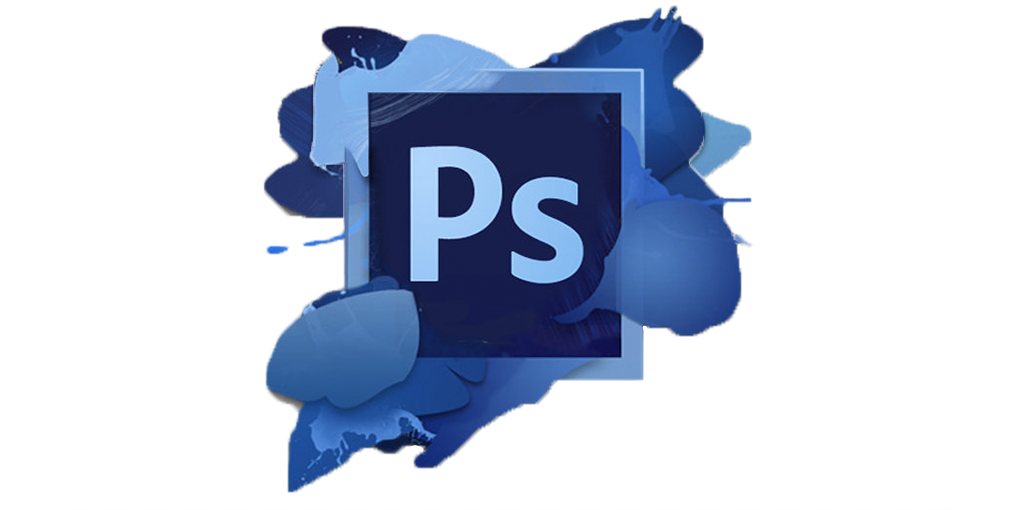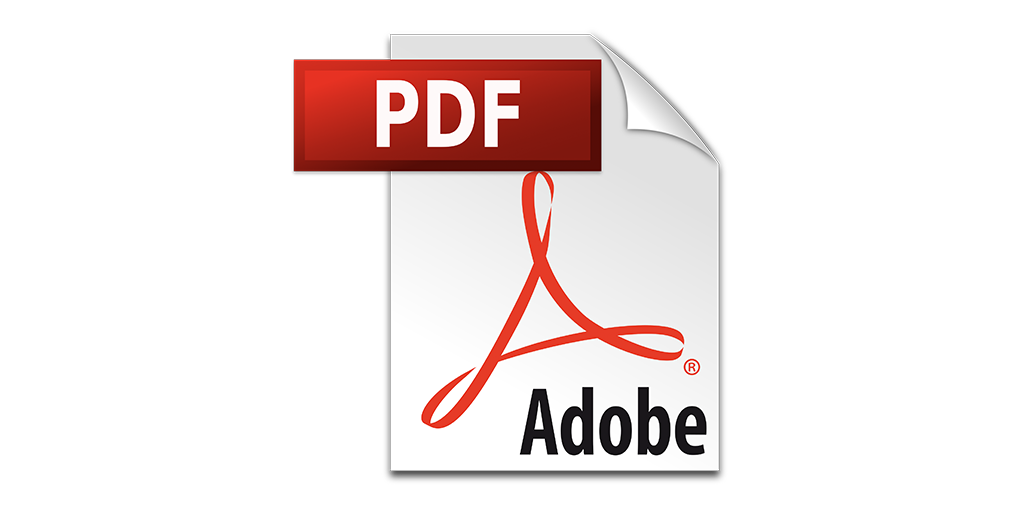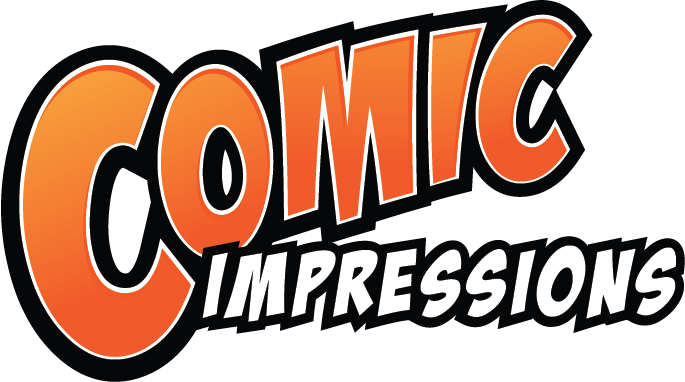Resources
Sometimes you need a little help. We got your back!
File Templates
Click below to access our downloadable templates for artwork layouts for your comic book pages. We offer Photoshop CC, Clip Studio Pro and Illustrator templates as well as a downloadable pdf if you are using a different application.
Glossary
Printing is very technical and confusing. Everything has a term and standards are very rigid. We are here to help you with a glossary of terms you will need to know to help you communicate effectively with your customer service and prepress professionals. Click the button below to review our glossary of printing terms.
Best Practices
Click below to view some videos that we provide on how to best set up files for printing. We strive very hard to remove the guess work from your file preparation. We offer many online tutorials and solutions construction of your book.
Checklist
Click below to download a printable pdf checklist for your files. It covers everything from resolution to dimensions.
Templates
Feel Free To Give Them A Try!
Our templates have been prepared at the most common comic book sizes that we have encountered. If your book falls outside of these dimenstions then you can still upload the files for us to print. These templates are designed for artists who don’t have a size picked out and need help with technicals like margins and bleeds.






Glossary
For Printing and Production!
Printing is a very technical profession with many terms that are specific to their industry. Below is a list of terms you need to become familiar with if your planning on creating your own comic books in order communicate effectivily with your printer. If you have questions about any of these terms then reach out to your customer service representative and they will be happy to esplain them further.
Bleed
This is area that goes beyond the edge or trim line of your paper. The best bleed size is 0.125 in. or 3.175 mm if your working metric. Bleed is essential if you are printing to the edge of the sheet. There can be minute shifting of the paper during the trimming process. You have to print past the edge so that there is no white area on the edge of the paper.
Trim
Trim is the final size of the sheet. When a book is printed it is printed on a sheet of paper that is larger than the finish size of the book. The sheet is then trimmed down to the correct size. We do this so that we can have gripper for our machines to pull the paper without messing up the printed area. There can be shifting during the trimming process in any direction. This is another reason we print on larger size sheets.
Fold
The fold line is the center of the book. On a saddle stitch book it is the area that the staples are located in.
Safe margins or live area
Margins or live area is the safe area on the page for you to put important items such as text or characters. We recommend a minimum of 0.25 in. or 6.35 mm for your margins. It is the amount of space away from the edge of the page. This protects your important content from getting cut off in the trimming process.
Resolution or DPI
Resolution is important when dealing with digital PDF files. Our presses require a minimum of 300 dpi (dots per inch). Anything lower than that may result in your images printing blurry. If you are dealing with black and white artwork we recommend increasing this to 600 dpi.
Saddle stitch
Saddle stitch refers to the popular bookbinding method in which folded sheets of paper are gathered one inside the other and stapled through the center line with staples. The staples pass through the folded crease from the outside and are clinched between the innermost pages. This form of binding is most commonly used in comic books but has a variety of other applications as well.
This method usually consists of two staples, though larger books may require more staples along the spine. The name saddle stitch comes from the binding process. In the printing industry, stapling is often referred to as stitching. During the saddle stitching process, the collated sheets are draped over a saddle-like piece of equipment, which is where the term saddle comes from.
Perfect binding
A perfect bound book is also referred to as a softcover book. Perfect biding is formed when book pages are glued together at the spine. The cover is usually made from a thicker card stock and laminated or coated to protect the book.
The name “perfect” binding comes from the cut of the pages. All pages, including the cover, are cut to be the same size and therefore line-up “perfectly”.
Best
Practices!
We are currently peparing videos to assist you in the development of your product.
They will be posted very soon.
CHECKLIST
For File Preparation
Feel free to download our pre-press check list. It will allow you to review your files and make sure that they are ready to submit to us for printing.

